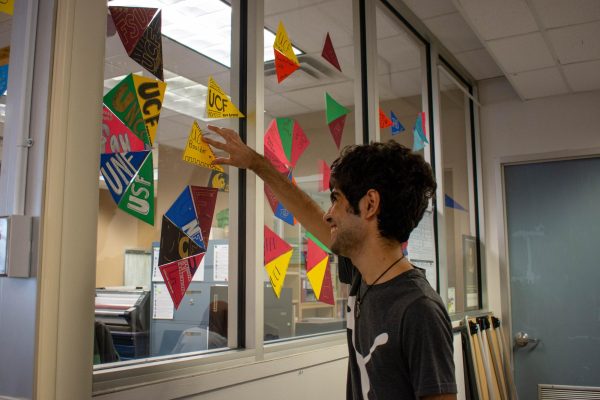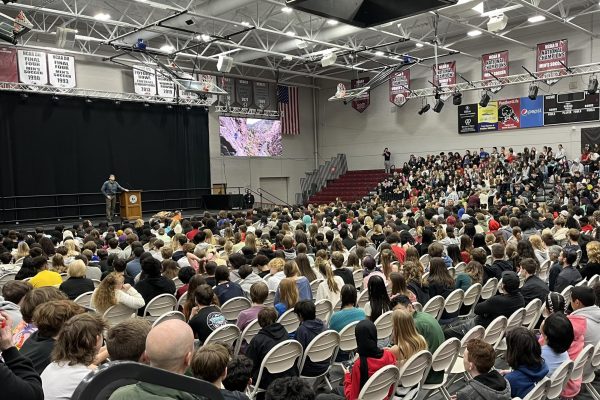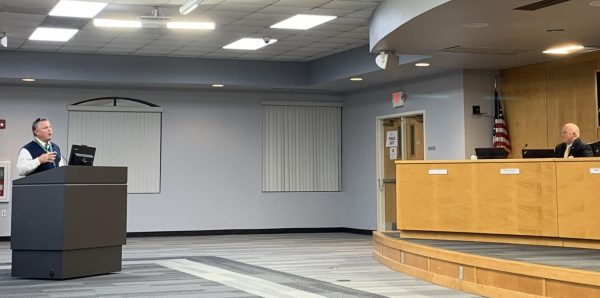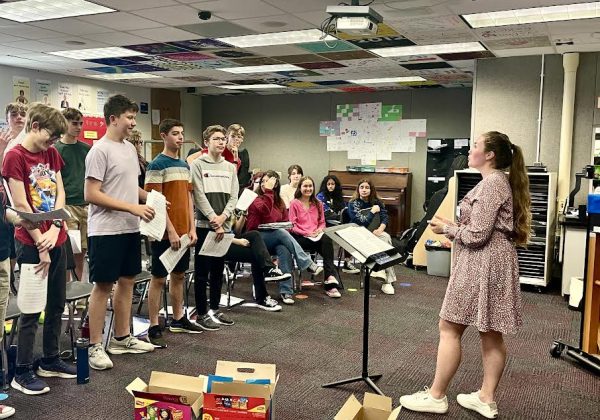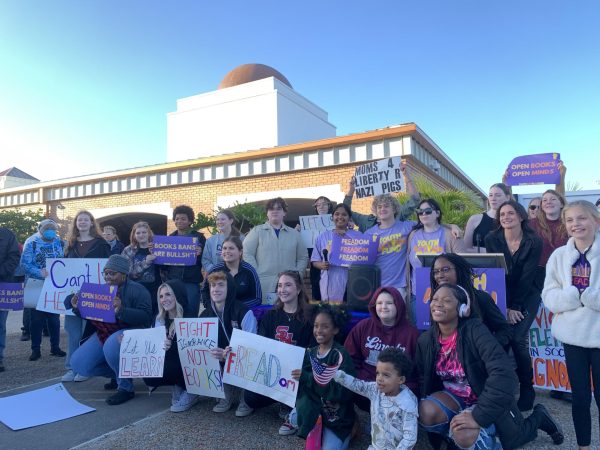Declining health in river causes massive fish kill
As the sun sets over Crane Creek Promenade in Melbourne, the bridge reads “More Love,” a statement that serves as a call to action to help the Indian River Lagoon,
May 6, 2016
As soon as she put her boat in the water and launched off the dock for afternoon crew practice, senior Tess Landis could already see the floating fish all around.
“There were clusters of them by the walls and then you could just smell it,” Landis said. “Everyone in the boat was gagging. It was so difficult to row that day because you’re trying to breathe and supply your body with oxygen, yet all you could breathe in was the smell of rotting fish.”
Landis’ experience was the result of massive fish kills that have been occurring in the Indian River Lagoon due to under oxygenation from excessive algae growth. Dr. John G. Windsor, Oceanography and Environmental Science Professor and Program Chair at the Florida Institute of Technology, blames human population growth for the lagoon’s problems.
“For more than 70 years, population has increased exponentially in Florida,”he said. “Our historical land development practices did not consider impacts on the Indian River Lagoon.”
Some of the practices responsible for the lagoon’s present-day health include ditching of land to drain water from inland to the coast.
“Rapid agricultural development, rapid increase in home construction, discharging untreated wastewater and increased urbanization [have all contributed],” Windsor said.
In a 4-1, the Brevard County Commission decided there was no need to ask Gov. Rick Scott to declare a state of emergency for the Indian River Lagoon. The lagoon has an estimated economic impact of $3.7 billion per year but has received only $80 million in state-funded restoration to this date. However, organizations such as The Brevard Oyster Restoration Project are taking the health of the Indian River Lagoon in their hands by using the natural filtering capabilities of oysters as a tool to clean the lagoons polluted waters.
“The native oyster population was decimated by a combination of factors, including coastal construction, overharvesting, pollution, disease and boat wakes,” according to the Brevard Oyster Restoration website. “Oysters are an essential part of the Indian River lagoon ecosystem for many reasons. They are a keystone species that numerous other species depend on for food and habitat. Oysters are also gregarious, which means that individuals clump together, creating natural reefs that help prevent shoreline erosion.”
Similarly, at Brevard Zoo, student volunteers 13 years and older, more popularly known as Zoo Teens, regularly help to make oyster mats, and participate in reef building and lagoon trash cleanups, according to Andrea Hill, marketing and communications director for Brevard Zoo.
“One way the zoo helps the Indian River Lagoon is through the Oyster Restoration Project,” said senior Ellie Copper, a fifth-year Zoo Teen. “[Since] the oysters filter the water, they improve the overall health of the lagoon. I’ve helped prepare the oyster mats that the zoo deploys in the lagoon. I’ve drilled the oysters, cut the mat material into the right size and attached the oysters to the mats themselves.
But restored oyster populations can do only so much to combat the existing problems as added nitrogen and phosphorus-rich runoff continue to bombard the lagoon. Cultural eutrophication caused by this pollution serves as a foundational topic in Paula Ladd’s AP Environmental Science classes.
“Eutrophication is a natural process where you get algae and nutrients in a body of water,” Ladd said. “When the algae starts to die off, the decomposing bacteria leads to a loss of oxygen. Cultural eutrophication is when humans add the nutrients, like fertilizer runoff. Cultural just means that it is human-caused. It’s a natural process but we speed it up.”
In 2011, a massive algae bloom, later to be labeled as a “superbloom,” occurred in the Indian River Lagoon from the northern area around Mosquito Lagoon to as far north as Titusville. It lasted from March until November of 2012. Seagrass, which serve as a barometer for the health of the lagoon, a nursery for juvenile fish and a food source for manatees among other animals, according to St. Johns River Water Management communications coordinator, Ed Garland.
“Picture parking your car on the lawn for say two months and then moving the car and you then have this big dead spot,” Garland said. “Well, that’s sort of what happened out there. We lost 47,000 acres of seagrass because the bloom blocked the sunlight. When it finally dissipated, we had denuded lagoon bottoms where seagrass used to be.”
Massive fish kills result from this eutrophication cycle catalyzed by human pollutants. Excessive nutrients cause algae blooms, dying algae blooms cause bacterial growth, which subsequently uses up the oxygen, resulting in more dying fish. This cycle is what some experts have contributed to the declining state of the Indian River Lagoon.
“The other problem the blooms cause besides killing off the sea grasses, is for algae to grow,” Garland said. “It takes oxygen out of the water, what they call dissolved oxygen. The fish in a sense drown. They’re gasping.”
Garland said fish prefer dissolved oxygen at Level 5, and start to really struggle when it dips to just above Level 2.
“But when it got to [level] one for dissolved oxygen, basically there was no dissolved oxygen in the water. And boom. You have mass genocide out there with fish. It wasn’t just little fish, it was trophy fish and red fish. It was tens of thousands of fish all over Mosquito Lagoon, Banana River and the Indian River Lagoon.”
Sediment-rich runoff, that also spikes algal blooms, creates a layer of nutrient rich sludge that coats the lagoon’s floor, blocking seagrass and causing increased turbidity in the water, further escalating the Indian River Lagoon’s decline.
“It took decades. This didn’t occur overnight, to get 12 feet of muck [on the bottom of the lagoon],” Garland said. “Think about how small the grains of sediment are that run off during a rainstorm to get 12 feet or that. It took years of it. And it’s probably going to take quite a while [to get back to normal]. It’s really hard to gauge it, so I wish I could give you a straight answer on that but I think it’s going to take a long time.”
Garland said we haven’t seen the last of the algae blooms. With multiple problems continuously combating the health and longevity of the lagoon, organizations such as Blue Life Florida and The Brevard Zoo’s oyster and mangrove restoration conservation programs, as well as education facilities such as The Ted Moorhead Lagoon House, serve as educational and volunteer programs for the community.
“I think people are definitely more aware. My phone didn’t stop [ringing] for about a week [after the fish kill]. People [were asking] why is this happening, what can I do, how can I help?” Garland said. “There’s a heightened awareness now about the lagoon. I think a lot of people were drawn to this area because of the lagoon and it’s almost like you can love something to death.”

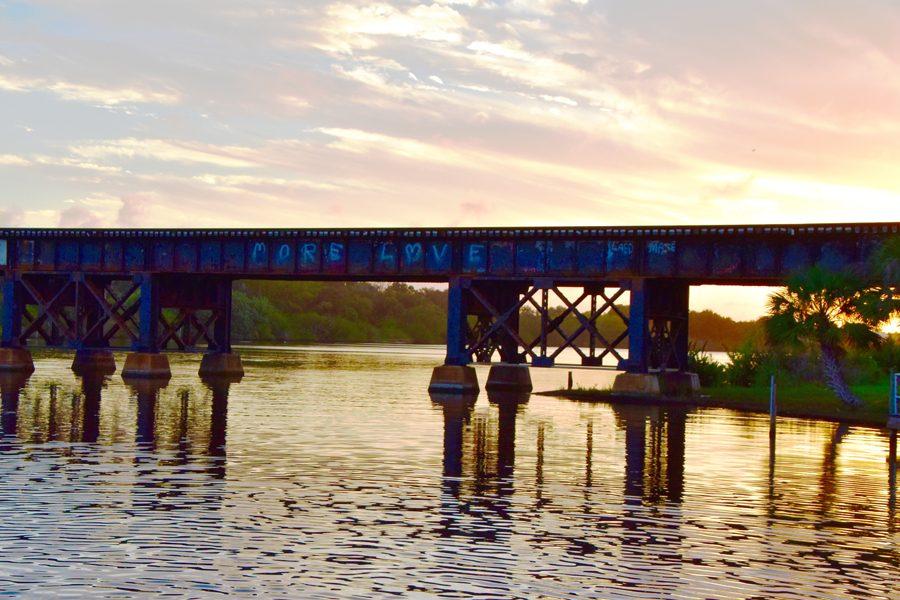
![The Melbourne Fire Department recognized coach and custodian Derrick Hamilton on April 16 with the Lifesaving Citizen Award during lunch. I would just react for anyone, Hamilton said. My love for children -- thats what it comes down to. [I am] where I am supposed to be.](https://westshoreroar.com/wp-content/uploads/2024/04/DSC_0639-1-e1713376507113-1200x805.jpg)

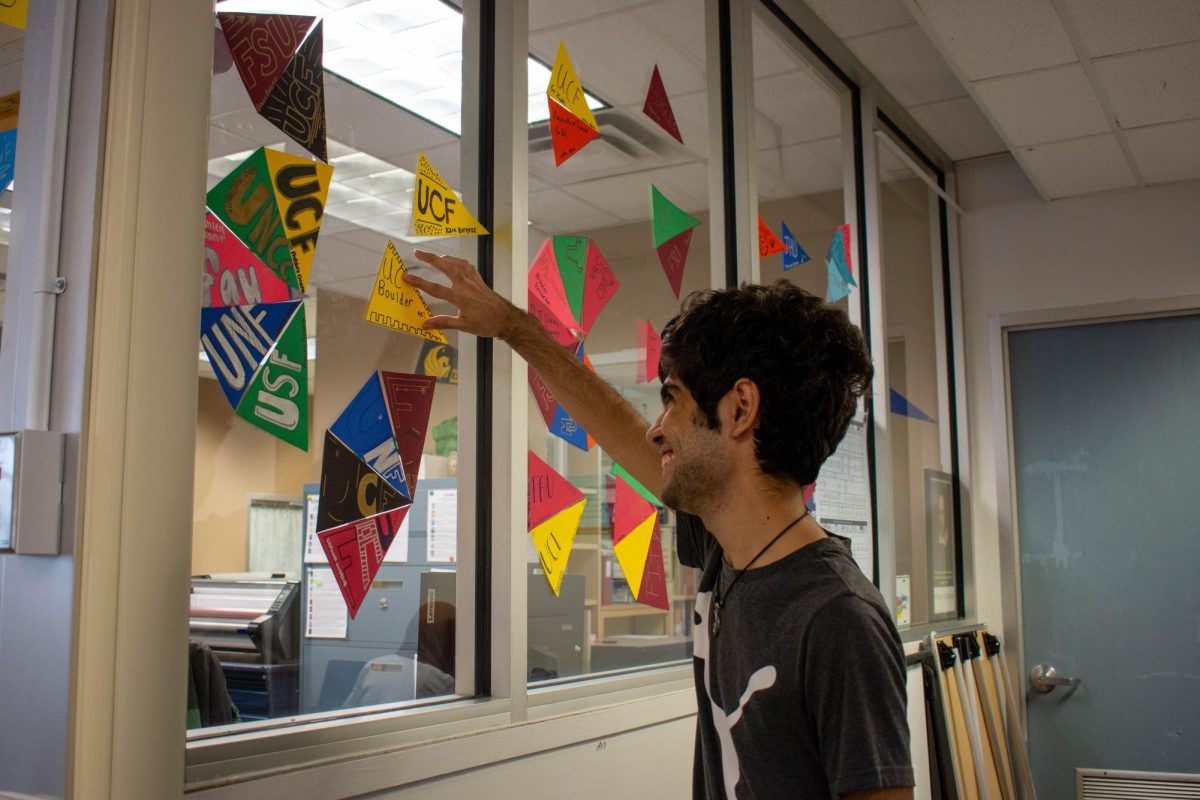

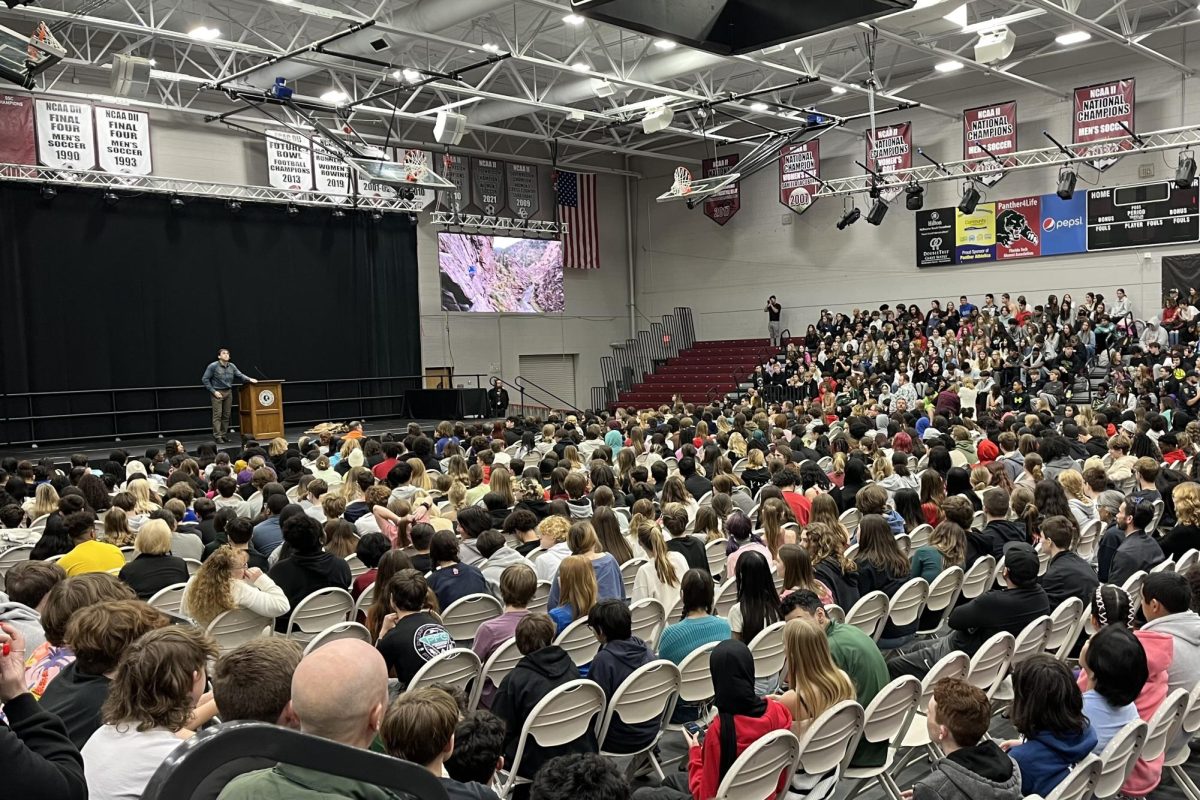
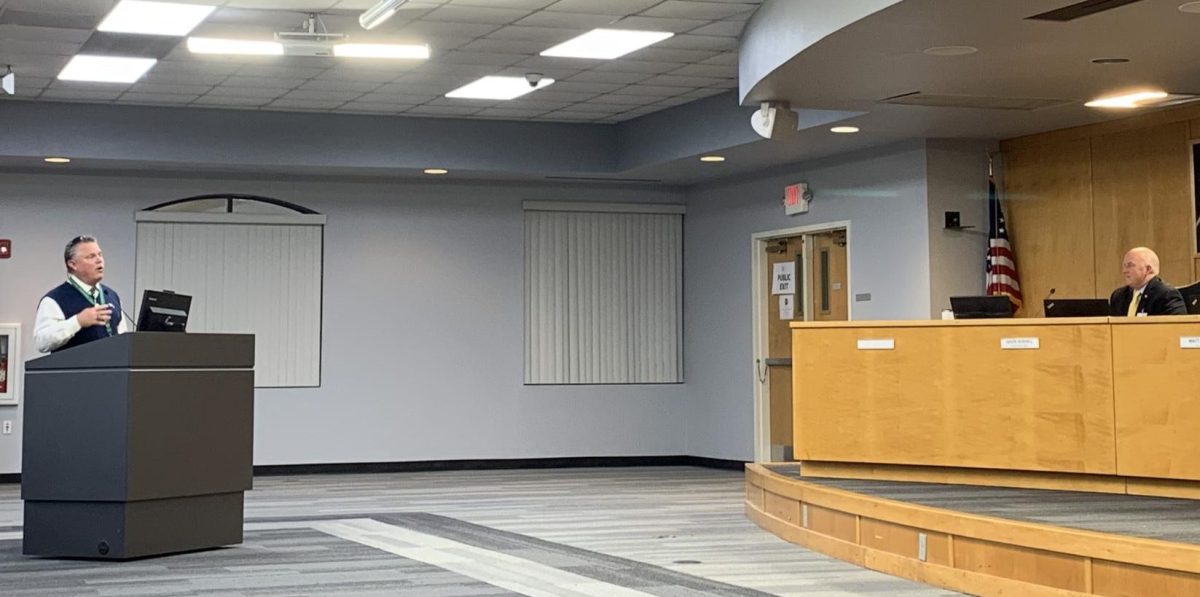
![The Melbourne Fire Department recognized coach and custodian Derrick Hamilton on April 16 with the Lifesaving Citizen Award during lunch. I would just react for anyone, Hamilton said. My love for children -- thats what it comes down to. [I am] where I am supposed to be.](https://westshoreroar.com/wp-content/uploads/2024/04/DSC_0639-1-e1713376507113-600x402.jpg)

